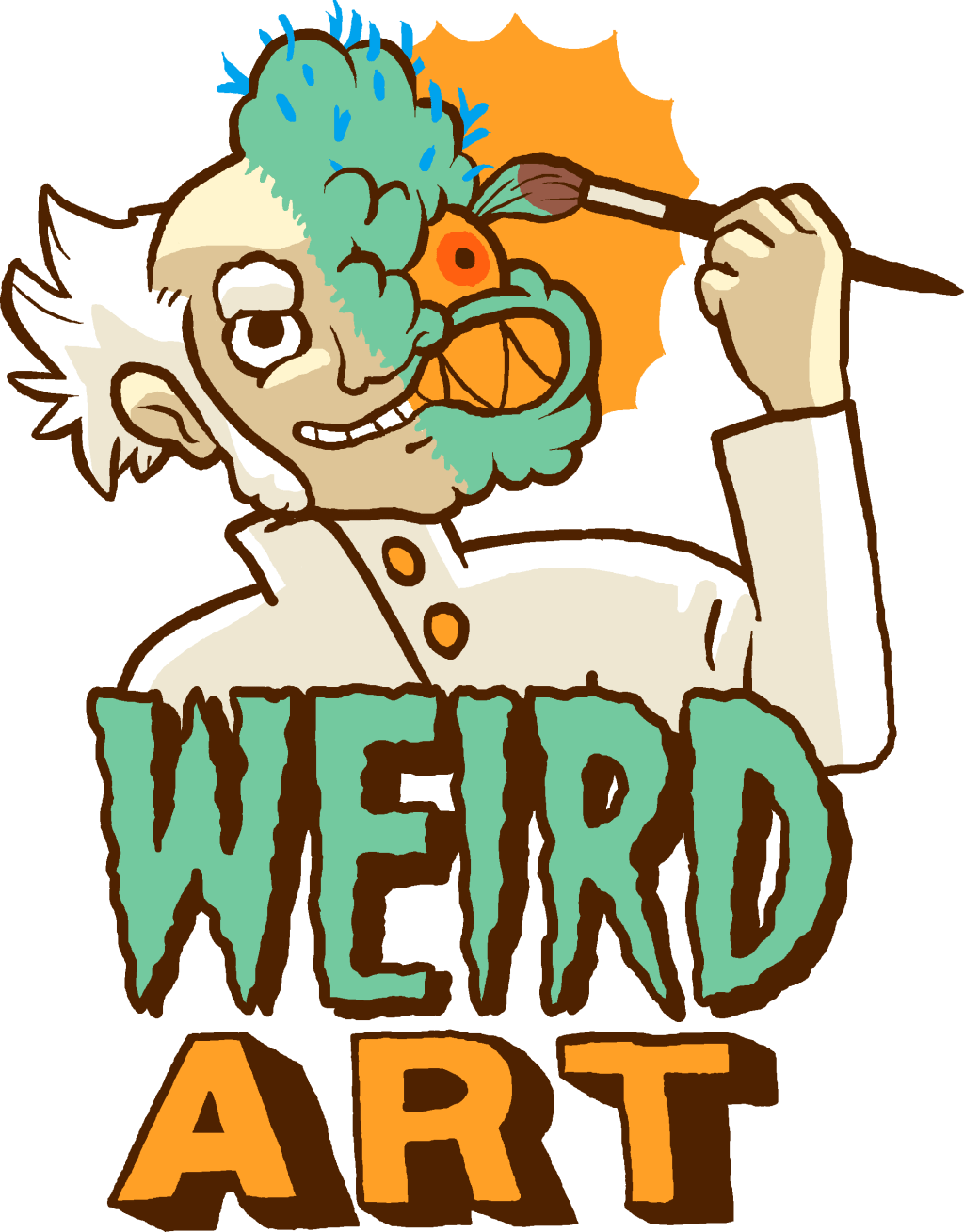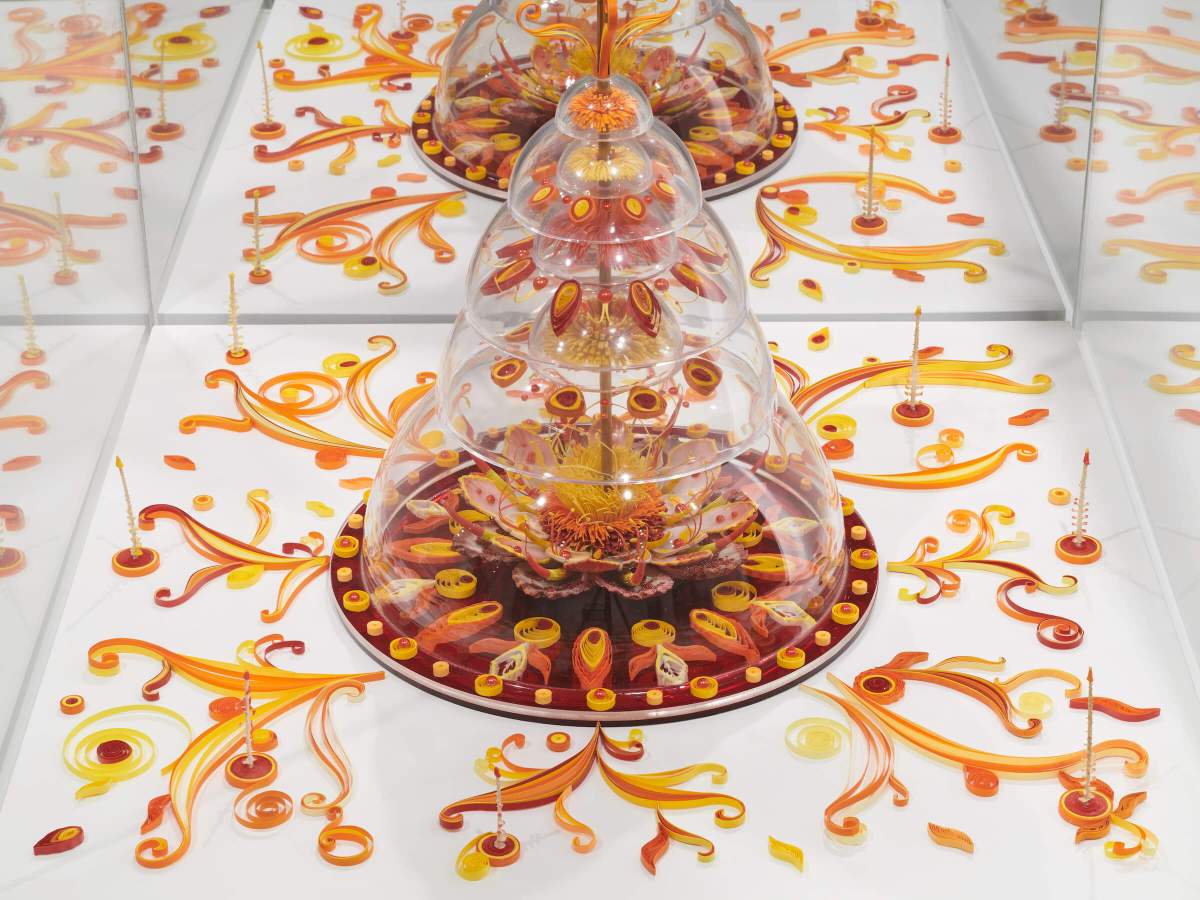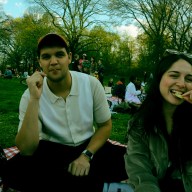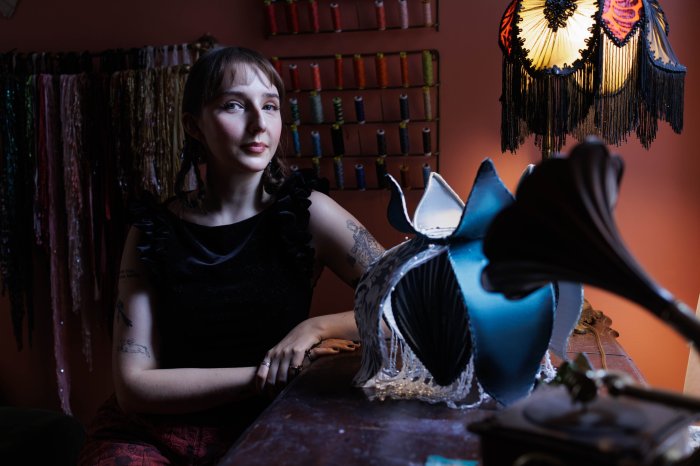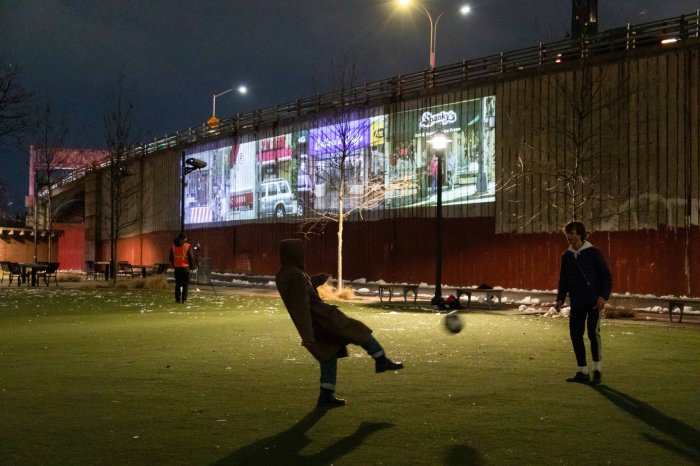He wants to believe.
A Texan artist will unveil a series of delicate sculptures inspired by the search for alien life at the Brooklyn Public Library this weekend. Dario Robleto, one of the two creators behind the library’s “Stars Down to Earth” exhibit, on display at the Central branch, will show off his work and discuss the wonders of the cosmos at an opening reception on Jan. 13.
Robleto’s sculptures, built from domes of clear acrylic, hand-cut paper, and polished sea shells, are designed as gifts for potential visitors from outer space. Shells have often been presented during first encounters between human groups, he said, and their curved forms feature the universal mathematical Fibonacci sequence.
“Shells not only have this lineage of gift exchange, they can also serve as the physical embodiment of a fundamental equation in nature,” said Robleto. “It’s a beautiful example of life following an equation, that’s highly likely life on other planets also follows.”
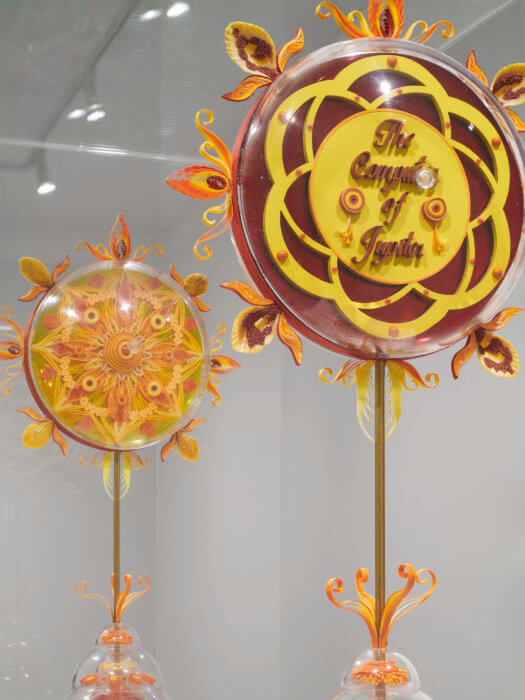
The sculptor recently worked as an artist-in-residence at the Search For Extraterrestrial Intelligence Institute in California and at the Breakthrough Initiatives, and much of his work was inspired by watching those researchers search for messages from far-off planets. Some pieces came directly out of stories he heard at the research stations.
For example, a piece titled “Moonflower,” was inspired by a family photo that an Apollo 16 astronaut planted on the moon in 1972. Robleto’s piece imagines that photo, coated in plastic, taking root in the moon soil and sprouting into an acrylic flower-like form.
“That is one of the most humane moments of the whole mission,” Robleto said.
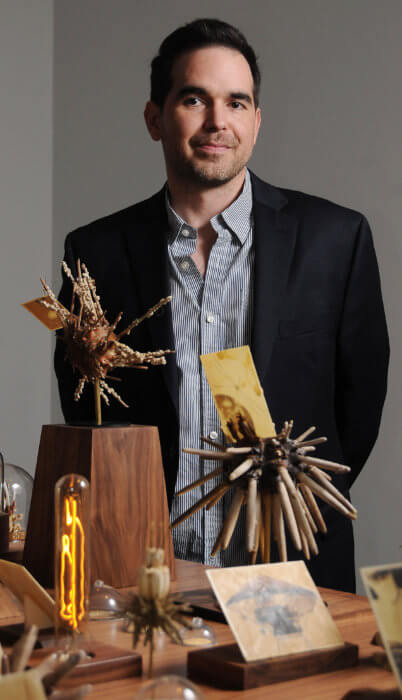
Robleto said that, based on his time with xenobiological experts, it is highly likely that there is some other form of life out there in the universe, but that intelligent civilizations are very rare, if they exist at all.
“The leap to intelligent life seems less likely, or just more rare,” he said.
The rarity of civilization makes life on Earth all the more special, said Robleto, and his talk will touch on both his art and environmental concerns.
The exhibition also features work from environmental artist Mary Mattingly, whose sculptures and photographs look at extractive industries and the threats they hold to biological life. Mattingly will discuss her work at the library’s Leonard Branch in Williamsburg on Feb. 20.
“Stars Down To Earth” at the Central Library [10 Grand Army Plaza at Flatbush Avenue in Prospect Heights, (718) 230–2100, www.bklynlibrary.org]. Opening reception Jan. 13; 6:30–9 pm. On display through March 13. Free.


